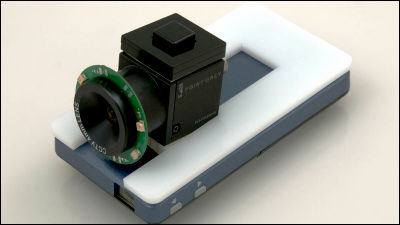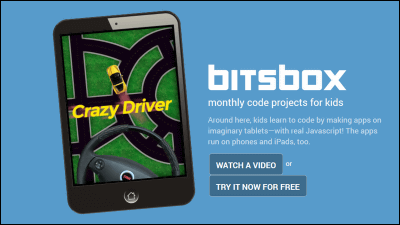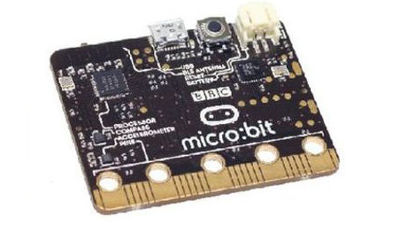'Root' is a learning system that allows 5-year-olds to learn difficult and boring programming with robots

Coding, a skill that is becoming increasingly valuable in our digital society, has led former Facebook executive Chamath Palihapitiya to say, 'If you learn to code, I guarantee you'll never have a job,' and President Obama has allocated $4 billion (approximately 440 billion yen) to education, making it a key part of the U.S. national strategy. However, at first glance, coding can seem complex, abstract, and tedious, leading many to give up before even mastering it. To encourage children just starting to learn programming to become more interested in the complex world of programming, researchers at Harvard University are developing ' Root ,' a system that uses a robot and tablet to teach coding.
Root, the code-teaching robot | Harvard Gazette
You can see what kind of programming learning tool Root is in the following movie.
Meet Root: The Robot that Brings Coding to Life - YouTube
'The world is becoming increasingly digital,' says Radhika Napal, a professor at Harvard University's Wyss Institute .

In the digital society, coding (programming) skills and thinking are becoming increasingly important.

It is predicted that more than 1 million new programming jobs will be created by 2024. If you learn programming, you will no longer have to fear unemployment.

However, only one in four students are taught programming at school.

So, Root was developed to make it easy for anyone to learn programming. Root is a system that uses robots to develop programming skills.

Programming is entered using a tablet rather than text.

Coding is possible with intuitive operations such as touching the tablet screen and rotating the screen.

No need to know complex programming languages. You can create programs by arranging icons on the screen.

The created program can be immediately executed using the Root robot, and the meaning of the programming can be understood from the robot's movements.

'Coding is an abstract act,' says Professor Todd Rose.

Typical programming is a mundane task of entering code into a keyboard according to rules.

Complex and difficult coding tasks can seem tedious to children.

'The Root project puts children in front of a robot that introduces them to the world of programming,' says Professor Zivsan Dabrowski, project director.

The Root robot can be attached to a whiteboard and its hexagonal design with LED lights will capture children's attention.

The Root robot can not only light up, move, and rotate, but also draw paths on a whiteboard.

It allows you to understand the act of programming in a completely different way than the act of inputting text.

When the Wyss Institute gave Root to children, they were able to quickly grasp the concept of programming.

Even children with no programming experience and no knowledge of syntax like 'if statements' were able to quickly understand the concept of an 'if' statement.

Playing sounds...

Moving in a certain direction...

You can learn programming while trying out how to make the Root robot move.

The program caters to a wide range of ages, from 5-year-olds to university students, and students with various levels of programming skill.

Can be changed to color-coded text.

Furthermore, you can switch the programs you create into text, allowing you to learn programming concepts you have experienced visually through text-based code.

'Our ultimate vision is to put Root in every classroom so that children around the world can learn programming,' says Professor Taborovsky.

A major advantage of the Root robot is that it can utilize educational infrastructure already in place in educational settings, such as whiteboards and tablets.

No new text is needed.

Students have fun learning and teachers have fun teaching.

'I think students and teachers will love Root,' says Professor Tabrovsky.

One Root robot per classroom is sufficient.

Students of any grade level or programming proficiency level are welcome.

Root has a big role to play as an educational tool to make it easy for anyone to learn coding.

Wyss Institute is seeking partners to co-develop the system in order to deploy it in educational settings around the world.

Related Posts:







